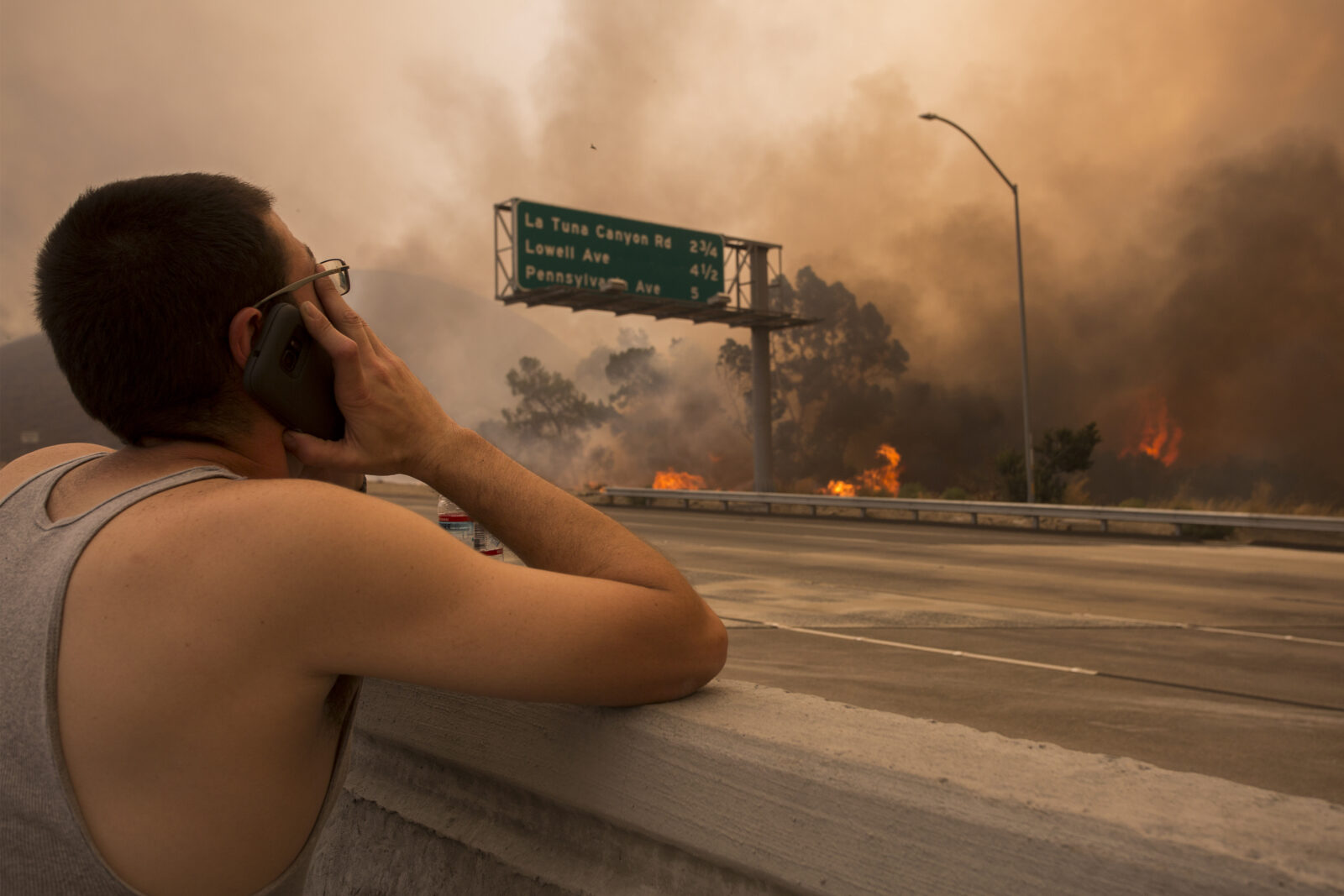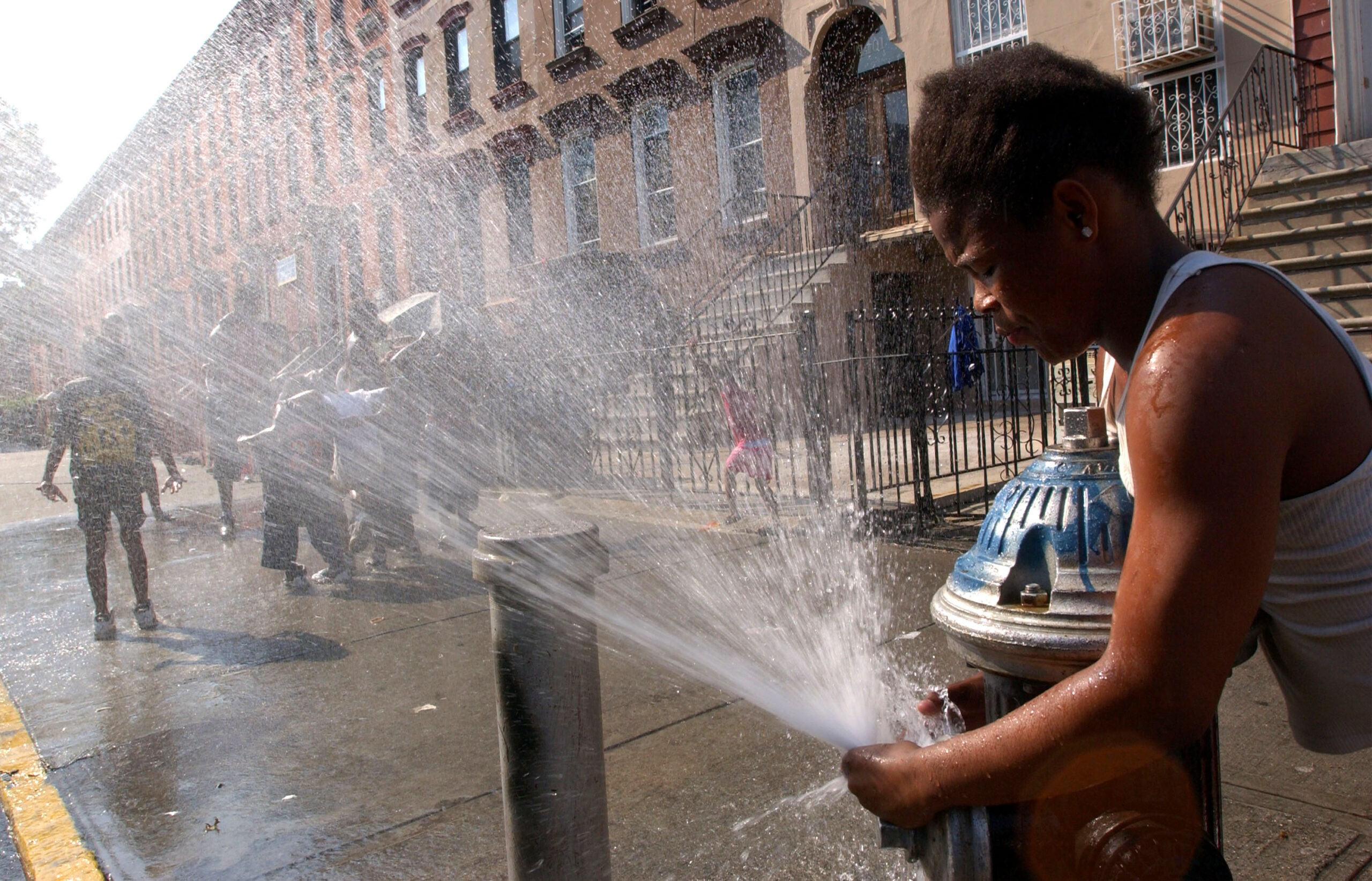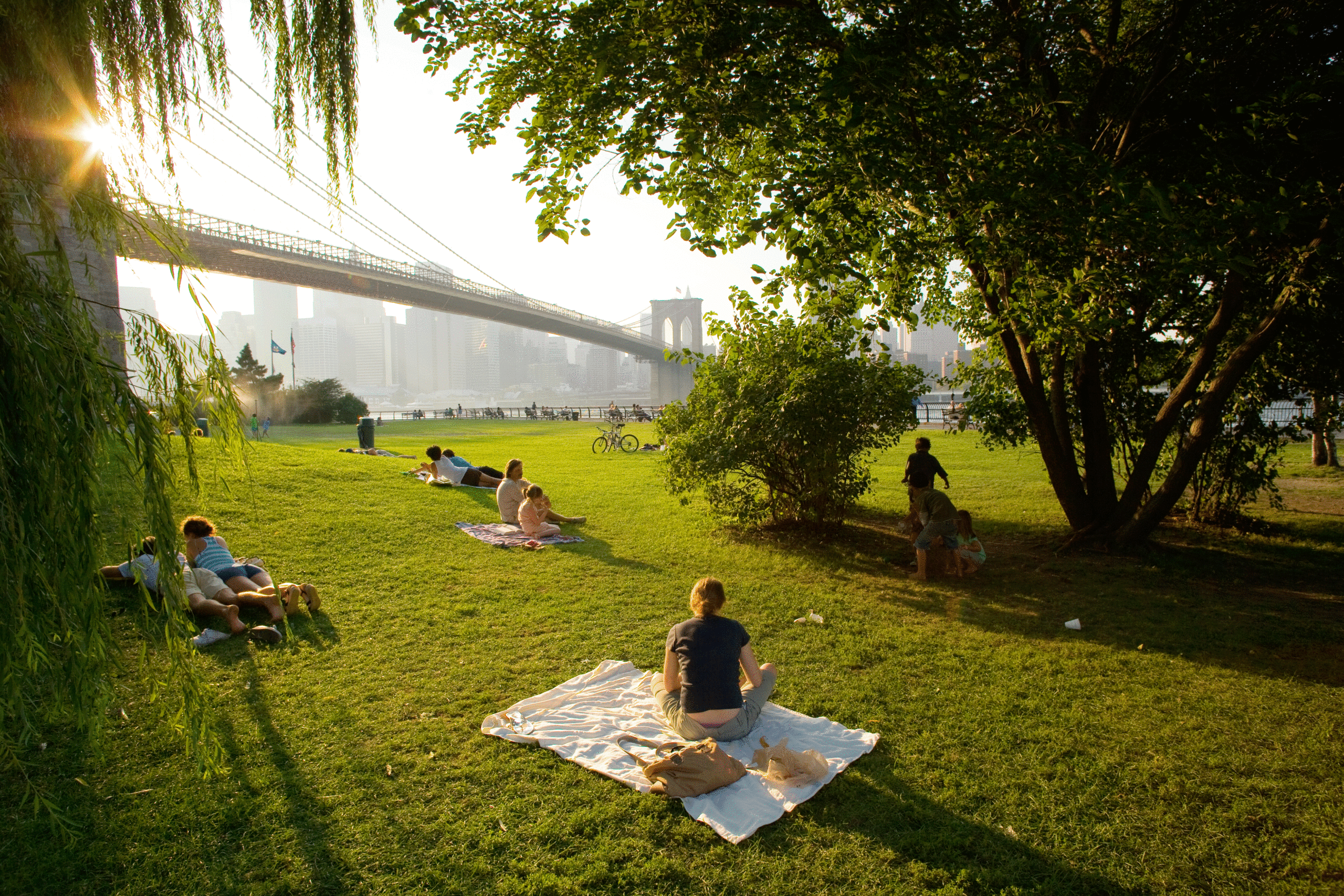We have much more to do and your continued support is needed now more than ever.
Three Ways Heat Waves are Impacting Americans More Than any Other Disaster

It’s no surprise that people across the US—and the world—are experiencing higher average temperatures year-round. The effects of this changing climate are all around us, from prolonged 20-year droughts to longer and more dangerous wildfire seasons. But how exactly are heat waves impacting our health and livelihood?
1. Extreme heat kills more Americans than any other natural disaster.
The odds are that you experienced at least one prolonged heat wave last summer. In fact, the heat was so widespread and persistent in July of 2022 that over 150 million Americans—or almost half the country—were under a heat advisory.
Extreme heat and prolonged heat waves don’t only wreak havoc on our natural environment and infrastructure, they are also major public health hazards, killing more than 700 Americans per year—that’s more than hurricanes, tornadoes, or flooding. Death from heat exhaustion and heat stroke are the most common, but heat-related illnesses worsen underlying medical conditions and also contribute to deaths from heart attacks, strokes, and other forms of cardiovascular disease. High heat also worsens ground-level ozone formation, increasing air pollution and smog that exacerbate asthma attacks and lung ailments.

2. The effects of extreme heat are not felt equally.
Indigenous and rural communities, communities of color, and low-income communities disproportionately suffer from the impacts of extreme heat for a number of reasons. Many people in these communities live in buildings without air conditioning or adequate ventilation, close to polluting power plants, or with little tree canopy coverage. Black Americans are also more likely to suffer from cardiovascular disease, making them particularly susceptible to heat-related morbidity and mortality. These risk factors are further increased by the inequitable access to healthcare experienced by Black communities.
Extreme heat can also worsen the urban heat island effect—which occurs when places experience temperatures as much as 20F higher than surrounding areas due to expansive concrete, asphalt, and roofs that absorb sunlight. When preexisting conditions, climate-aggravated heat waves, and the urban heat island effect combine, these communities may experience disproportionate illness, hospitalization, and death.

3. The United States ranks among the top countries with internal displacements from disasters, including extreme heat.
Multi-day heat waves are a natural part of weather variation. However, as the planet warms, extreme heat has become increasingly common across the United States and in other parts of the world. There are currently three times as many heat waves per year as there were in the 1960s, and these heat waves exacerbate disaster events.
Nearly 14 million Americans have been driven from their homes by storms, floods, and wildfires since 2008, with 3.3 million displaced last year alone. Although many may view climate migration as an issue affecting developing nations, the United States has seen a staggering increase in internal displacement from disasters over the past decade. In fact, the U.S. ranked among the top 5 countries—and the only developed nation—with the most internal disaster-caused displacements from 2016-2020.

We have the solutions
Effective solutions are at our fingertips, but we must take swift action to mitigate the effects of rising temperatures. Trees and green space are a crucial part of mitigating urban heat islands by providing shade, blocking solar radiation, and cooling the air through evapotranspiration. Utilizing green infrastructure and increasing urban tree canopies are essential to ensure cities can adapt to rising temperatures and still provide shade for people and habitat for wildlife.
Local government and community leaders should create extreme heat preparedness plans, including early warning and response systems. Individuals can also prepare and protect themselves from the effects of extreme heat by finding cooling centers in their area, staying hydrated and indoors or under shade, ensuring windows and doors are insulated, recognizing the signs of heat-related illness, and more. These preparedness measures can be very effective, particularly for those at the highest risk.
Learn more about the public health and climate effects of extreme heat at nwf.org/ExtremeHeat.





















